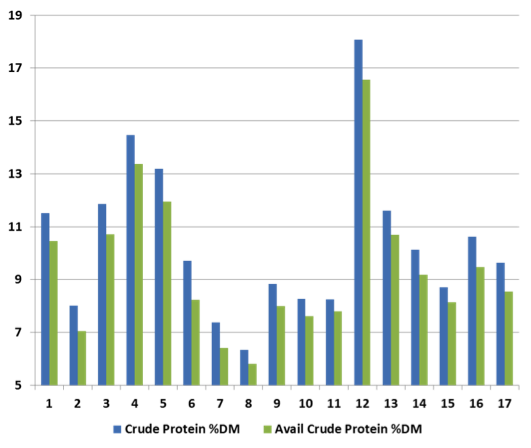As a Nutritionist, I often field questions from cattlemen on calf scours, weak calves and other calving time disasters.Most all of these questions come after the problem has already set in.While we cannot control the weather that will play a large role in stressing newly born claves, we can control the management of stress in our herds.
Keep your ewes and does in shape for lambing and kidding
Winter isn’t just for calving. Sheep and goat producers are gearing up for lambing/kidding season, too.
The last month of gestation is a key time in gestational development. Fetuses are rapidly growing and the body is mobilizing nutrients for milk production. Space in the rumen becomes a limiting factor. The rapidly growing lambs or kids push the uterus into the space normally occupied by the rumen, leaving less and less space for feed. Consequently, the dam may not have enough room in the rumen to get all her energy needs fulfilled (especially on an all-forage diet).
Hay allocation and manure scoring: Meeting the nutritional demands of the beef cow
Hay quality will vary due to forage type, stage of maturity at harvest and harvest conditions. In addition to hay, feeding harvested crop residue such as corn stalk bales is common. Often a combination of different quality hays are fed at the same time using past experience and some nutritional “cow sense” helping to determine the correct blend. Cow body condition and cow contentment are used as rough indicators of meeting the dry matter intake and energy needs of the cows. Evaluating the manure is a tool that can help indicate when changes in the forage mix or supplement strategy is needed. We need to be aware that the nutritional needs of the cow will change depending on production cycle.

